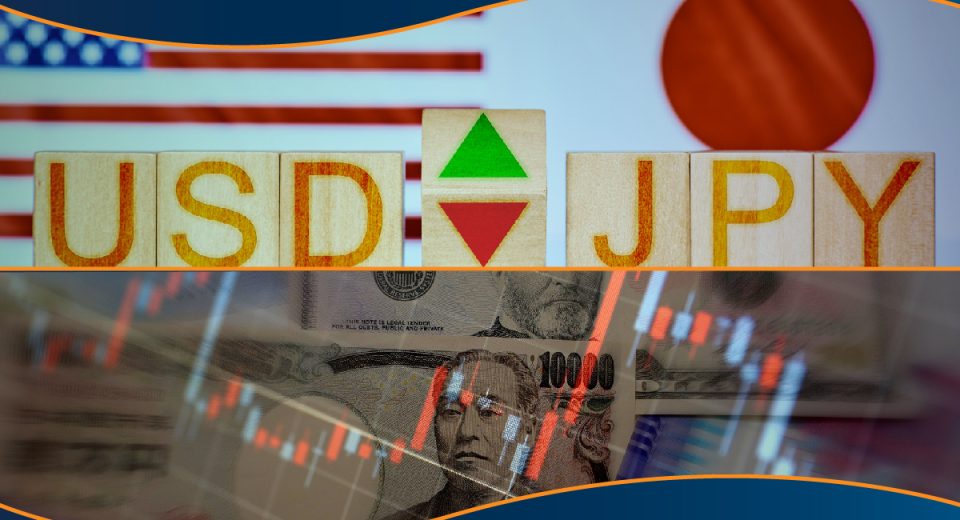Is There a Link Between Crude Oil Price and Gas Price?

Gasoline is one of the many by-products derived from crude oil, so the price of crude oil is likely to have a significant impact on its derivatives. But the issue remains debatable amongst economists. Some studies suggest that a stronger correlation exists only with increases in crude oil price, rather than decreases. Others suggest that the relationship is dependent on a lot of external factors, such as supply, demand and production costs. Other factors beside the crude oil price affect the price of gasoline.
What remains certain, however, is that there does exist a correlation between the two prices, which is not perfect. The per-barrel cost of crude oil is the prime factor determining the cost of producing gasoline. This reflects the global oil demand-supply balance and inventories, along with other factors.
A Complicated Extraction and Refining Process
Some countries, especially the OPEC, have the greatest oil reserves in the world, and certainly have a huge influence on extraction or supply. Middle Eastern nations, Venezuela and Canada are some of the key players, holding vast reserves of oil, making them an integral part of the world economy. Hydraulic fracturing has made the United States a key player on the supply side as well. The US shale oil has flooded the market, thereby reducing the influence of the OPEC and pushing down global oil prices, from $114.84 per barrel in June 2014 to $28.47 per barrel in January 2016.
The harder the extraction process, the more expensive crude oil tends to be. Before use, crude oil is transported to different refineries around the world. Many refineries in the US are located in the Gulf Coast region, adding to costs in the supply chain. Various by-products are derived from crude oil, including gasoline, based on the temperature at which it was distilled.
So, production costs, refinery operating costs and supply chain factors, all add to the cost of the raw material used to produce gasoline.
United States: The Biggest Oil Consuming Nation
With demand for 20.5 million barrels per day in Q2 2019, the United States saw its highest demand levels since 2007, an indicator of solid economic growth.
According to the Energy Information Administration (EIA), from 2008 to 2017, crude oil represented 61% of the retail price of gasoline in the US. Among the other factors adding to the cost, 12% was accounted for by refining costs and profits, 12% by distribution and marketing and 15% by federal and state taxes. These costs remain stable, hence daily changes in the price of gasoline can be seen as more or less an accurate indicator of crude oil prices.
A look at the daily prices of crude oil and regular gasoline from April 24, 2008, to April 23, 2018, reveals a significant correlation between the two, but also a short-term time lag, which influences this correlation to a certain degree.
Oil prices peaked on July 3, 2008, reaching $145.31/barrel. On the other hand, gasoline prices peaked on July 16, 2008, at $4.103/gallon. Similarly, crude oil prices dropped significantly on February 11, 2016, to $26.19/barrel, but gasoline prices did not follow suit, with their lowest level being recorded in December 2008, at $1.592/gallon.
So, a strong correlation seems to exist only when crude oil prices rise to high levels.
Gasoline Could be a Demand Indicator for Crude Oil
A major demand side indicator, gasoline price reflects the consumption pattern of crude oil, as well as the pace of growth in these economies. The major supply overhang in the global crude oil market has been recently disrupted with OPEC production cuts and sanctions levied by the US on Venezuela and Iran. Demand side fundamentals are, therefore, a key focus area now.
The US economy accounts for about 10% of the global gasoline demand, but the ongoing US-China trade war and weaker global economic growth outlook have hurt the demand. Price is one of the prime factors affecting demand for any commodity, and gasoline price is directly related to crude oil price. Crude oil prices have been volatile in recent times, due to rising geo-political tensions in the Middle East and rising concerns regarding a global recession.
In 2018, the average gasoline demand was 9.32 Mbpd, according to the EIA STEO data. The price at this time hovered around $62.19 per barrel. Till August 2019, the demand for gasoline remained at 9.34 Mbpd, but lower crude oil prices depressed gasoline prices to $58.50 per barrel.
So, it can be seen that where gasoline prices are steadily correlated with crude oil prices, its demand is inversely correlated to crude oil price.
Despite slower US economic growth, the demand for gasoline is finding support in lower prices on a year-on-year basis. Change in GDP has a positive correlation with gasoline demand in the US. GDP growth stood at 2% for the quarter ended June 2019, and average gasoline demand during this period was 9.48 Mbpd. This is lower than the average gasoline demand in June 2018, which was 9.51Mbpd, when GDP growth was 4.2%.
Absolute reduction in demand for gasoline is not possible in the US, where it continues to be the main fuel used for travel purposes. It is a low elasticity product, which means that price fluctuations don’t affect demand to great extent. Yet, it can be seen that crude oil price volatility and trade war uncertainties impact gasoline prices and will continue to influence gasoline demand in the future.
Conclusion
To sum it up, crude oil does influence gasoline prices. However, the country of origin of the crude oil also needs to be considered, the US in this case. There are many types of oil, but oil traders have selected the most widely used types as benchmarks to price oil barrels. The United States West Texas Intermediate (WTI) is known as sweet, light oil, which is easier to break down, compared to the Brent Blend, used by European countries. Oil futures also have an effect on the prices that are reported in the market. Refining costs and profits vary seasonally across different refinery plants, partly due to the technologies used and the various gasoline formulations required to reduce air pollution in separate parts of the US.
There is a definite correlation between the two commodities, although other forces that impact gasoline prices can sometimes outweigh this relationship.
Reference Links
- https://gaspricesexplained.com/#/?section=gas-prices-explained
- https://www.greencarcongress.com/2018/05/20180531-sivak.html
- https://www.moneycontrol.com/news/business/markets/gasoline-a-real-demand-indicator-for-crude-oil-4505861.html
- https://www.forbes.com/sites/judeclemente/2018/06/27/the-link-between-crude-oil-and-gasoline-prices/#529525af37db
- https://www.investopedia.com/articles/economics/08/crude-and-gas-prices.asp







